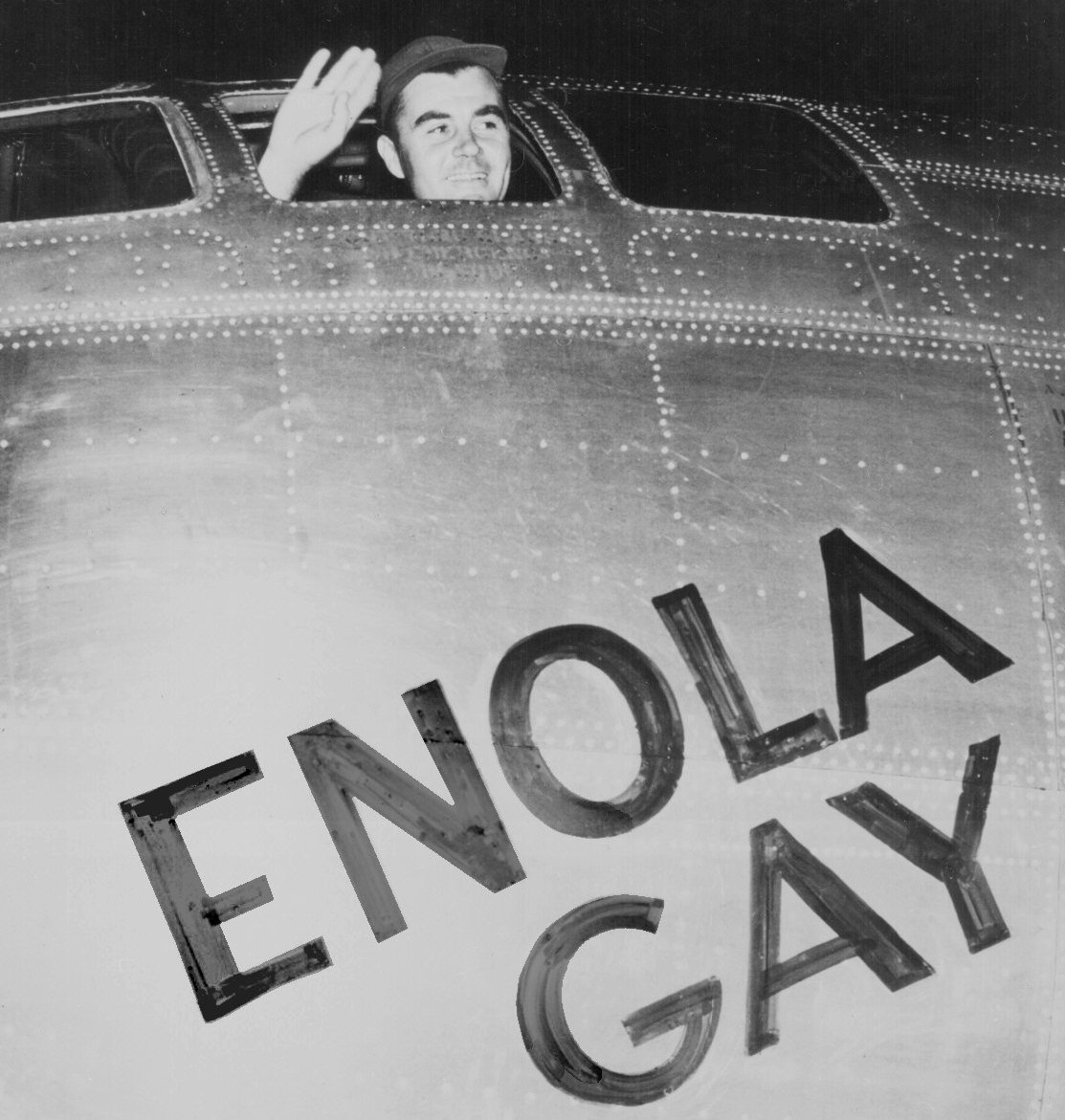Enola Gay: The Bomber That Ended World War II
There were many memorable ships and planes that played a larger-than-life role in the American war effort of the 1940s. Storied battleships, mighty aircraft carriers, and fearsome warplanes all contributed to the massive Allied forces in the Pacific Theater. But one plane in particular has a more difficult and ambivalent history. Enola Gay, a B-29 Superfortress, was placed into service in May of 1945, toward the end of the Second World War. She would soon serve an important purpose that was aimed at finally putting an end to the war.
The History of the Plane That Devastated Japan
The story of the Enola Gay actually starts before the outbreak of the War in the Pacific. In 1937, a 22-year-old man from Quincy, Illinois enlisted in the United States Army Air Corps. Although he originally planned o becoming a doctor, Paul Warfield Tibbets, Jr. became a pilot in 1938, which enabled him to take part in anti-submarine patrols after the December 7, 1941 attack on Pearl Harbor. By 1942, he was promoted to the 340th Bombardment Squadron of the 97th Bombardment Group.

After taking part in several bombing missions in Europe, Tibbets returned to the United States and played a pivotal role in the development of the Boeing B-29 Superfortress. As the war neared its end, Tibbets was appointed commander of the 509th Composite Group. In 1945, that group was assigned to carry out the atomic bombings of Hiroshima and Nagasaki.
At the head of the 509th, Tibbets piloted the B-29 Superfortress—which he named for his mother, Enola Gay Tibbets—that led the bombing of the two cities.
On August 6, 1945, the Enola Gay dropped the first atomic bomb—known as "Little Boy"—on the city of Hiroshima. Three days later, Enola Gay and Tibbets were scheduled to return to the skies for the bombing of Kokura. This time, the B-29 was assigned to serve as the weather reconnaissance craft. When clouds and smoke hindered the mission, the target was changed to the city of Nagasaki.
Enola Gay After the War
The bombings of Hiroshima and Nagasaki finally forced the Japanese to lay down their arms, and World War II officially ended three weeks later when the surrender documents were signed aboard the battleship USS Missouri (BB-63) in Tokyo Harbor. Enola Gay’s service continued, however, and she returned to the United States where she first operated out of Roswell, New Mexico. In 1946, Enola Gay took part in another nuclear action, specifically the Operation Crossroads atomic testing in the South Pacific. Shortly afterwards, she was moved to the Smithsonian Institution and later disassembled and moved to a storage facility.

In the 1980s, veterans groups lobbied the Smithsonian to put the Enola Gay on public display. Following a period of controversy and debates, the B-29 was pulled from storage and reassembled. Since 2003, the restored craft has been on display at the National Air and Space Museum’s Steven F. Udvar-Hazy Center at Washington Dulles International Airport.







